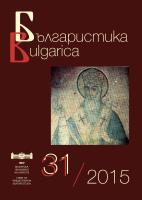
Научни форуми. 2015 г.
Data about scientific events in the field of the humanities in Bulgaria in 2015
More...We kindly inform you that, as long as the subject affiliation of our 300.000+ articles is in progress, you might get unsufficient or no results on your third level or second level search. In this case, please broaden your search criteria.

Data about scientific events in the field of the humanities in Bulgaria in 2015
More...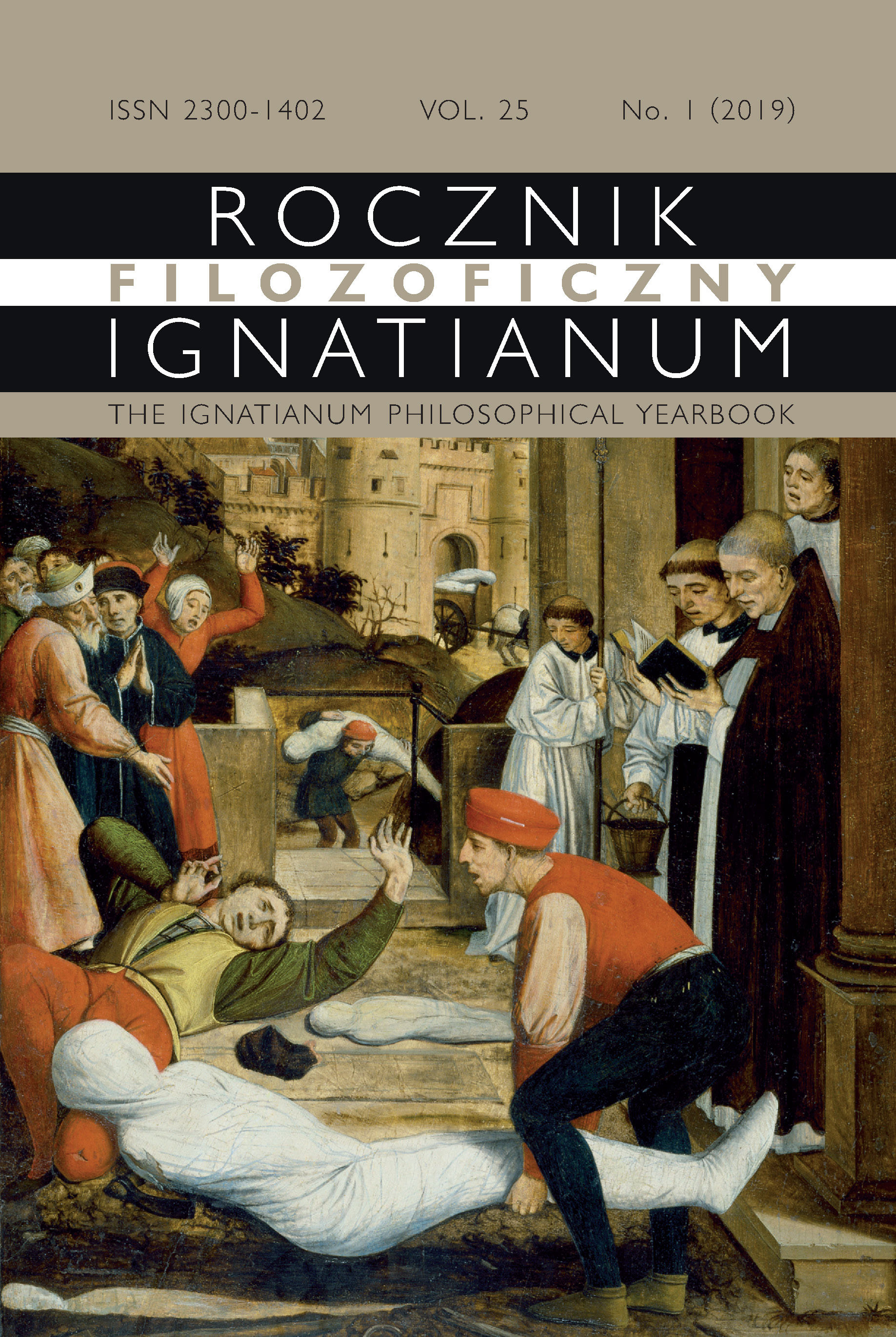
The aim of this article is to present the person and achievements of Miralay Bonkowski Pasha (1841–1905), an Istanbul-born scientist and lecturer of Polish descent, about whose life little is known. Bonkowski’s articles and reports in nineteenth-century periodicals such as: Gazette Mediale d’Orient (1868–1904); Journal de la Société de Pharmacie de Constantinople (1879): L’Osmanlı (1884–1885) and Revue Medico-Pharmaceutique 10/3 (1888–1897) constitute the source basis of this article. The literature used in the paper thereof consists of historical studies (including those related to the history of pharmacy) and takes into account the latest state of scientific research, published mainly in Turkish, but also in Polish. This paper uses the method of historical analysis of sources, mainly journal articles and reports, in the context of properly selected historical literature. In the light of the sources and studies, Bonkowski appears to be a socially committed scientist, taking into account a modern perspective in his research, perfectly combining scientific theory with practice. Bonkowski sought to combine science and practice with the common good in mind, bringing chemistry issues into everyday practice and offering innovative and practical solutions in this regard. Thanks to his knowledge and skills, he was appointed by the state authorities to many commissions aimed at solving key current problems, such as: raising the level of public health (e.g. by analyzing water, food, or medicines), fighting infectious diseases (cholera epidemic), protecting vineyards from destruction due to disease, initiating the production of rose essence (a cosmetic widely used in the Ottoman state). Bonkowski, the first chemist-in-chief of the Ottoman palace, worked for many years in various institutions and organizations of the Ottoman state, played a key role in the establishment and development of public health, chemistry, and pharmaceutical professions in the Ottoman state. He made a breakthrough in the field of health. At the same time, with his chemical research and his studies of infectious diseases, especially cholera, he made significant contributions to Turkish science.
More...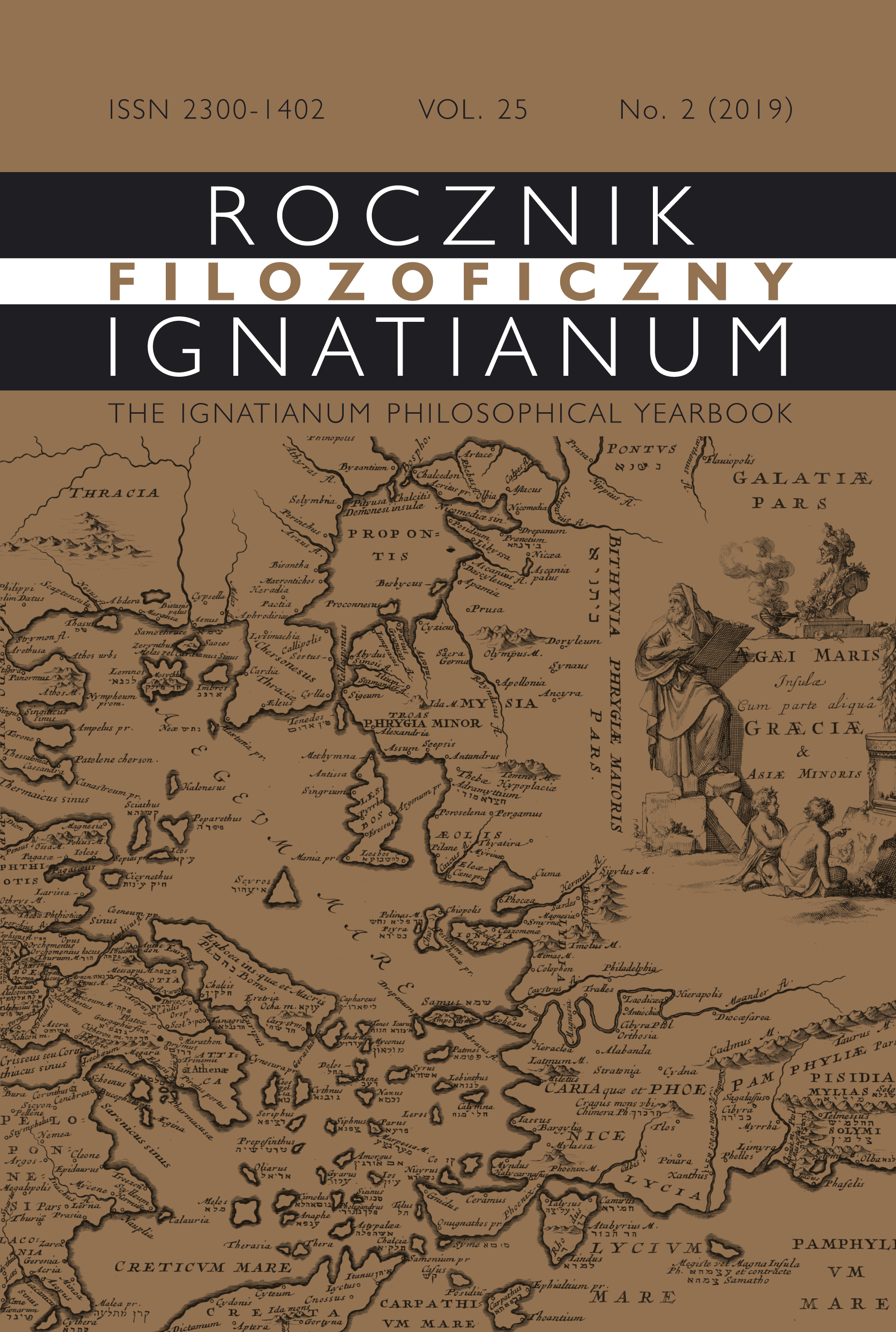
In the article “Settlement on Lusignan Cyprus after the Latin Conquest: The Accounts of Cypriot and other Chronicles and the Wider Context” the narratives of various chronicles of the thirteenth to the sixteenth centuries on settlement in Cyprus in the years following the Latin conquest, from the end of the twelfth to the early thirteenth century, will be examined and compared. The details provided by the chronicles, where the information given derived from, the biases present in the various accounts, the extent to which they are accurate, especially in cases where they are corroborated or refuted by documentary evidence, will all be discussed. The chronicles that will be referred to are the thirteenth century continuation of William of Tyre, that provides the fullest account of the settlement of Latin Christians and others on Cyprus after the Latin conquest, the fifteenth century chronicle of Leontios Makhairas, the anonymous chronicle of ‘Amadi’ that is probably dateable to the early sixteenth century although for the section on thirteenth century Cypriot history it draws on earlier sources and the later sixteenth century chronicle of Florio Bustron. Furthermore, the Chorogra a and the Description of Stephen de Lusignan, two chronicles postdating the conquest of Cyprus by the Ottoman Turks in 1570, will also be referred to on the subject of settlement in thirteenth century Cyprus. By way of comparison, the final part of the paper examined the extent to which the evidence of settlement in other Mediterranean lands derives chiefly from chronicles or from documentary sources. In conclusion, it can be stated that the various accounts of settlement on Cyprus following its cession to King Guy of Jerusalem in 1192 show differences in terms of the value of the fiefs, the geographical regions from which the settlers came and the types of properties which were granted to them. The Latin kingdom of Jerusalem resembles Cyprus in that the source material for early Latin settlement is narrative, not documentary. But this is not the case for the Venetian Crete and the Hospitaller Rhodes, where the source materials recording the arrival of the first Latin settlers are wholly documentary.
More...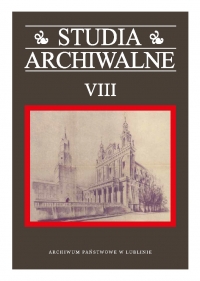
The parish in Narol was established by Florian Łaszcz Nieledewski in 1595, in a village existing from the mid-16th century, near which he founded the town of Florianów (now Narol) in 1592. Visitations by bishops of Chełm, in whose dioceses Narol was located, confirm that the parish records (births, marriages) were kept from the very beginnings of the parish but in the autumn of 1648 they were destroyed during the Cossack-Tatar invasion (most probably burnt). The new records were kept from 1650. In the early 20th century they were seen in the Narol church by Karol Notz, famous in Galicia (Eastern Europe) for making inventories of historic relics. In 1914, the parish books were burnt during the fire of the town and the church. Their only known traces, discussed in the present publication, are excerpts/copies made in the mid-19th century by Ludwik Zieliński, which mostly refer to the noble families connected with Narol. The overwhelming majority of the 546 extracts are birth entries, only 29 being records of marriages.
More...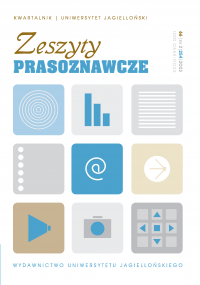
The article refers to the communications carried out by Ukraine’s official Instagram account (ukraine.ua). Until February 24, 2022, it served as the country’s branding tool to promote the country’s tourism assets. On the day the war escalated, the account did not suspend its activities, but instead changed its content and target audience, and became an element of Ukrainian strategic communications. At the same time, the Instagram profile continues to be a component for branding the Ukrainian state and society, even though crisis and wars tend to hinder the shaping of a country’s image in the international arena. The author of the article applies a qualitative method to analyse published messages from the first few days of the war, paying special attention towards storytelling, i.e. narrative construction and the image of the society fighting against the occupying forces. The purpose of the article is to verify the thesis that Ukrainian narratives use universal patterns derived from pop culture messages and refer to archetypes commonly used in branding. These messages are key for Ukrainian external communications, which are focused on building both a coherent and credible image of a country invaded.
More...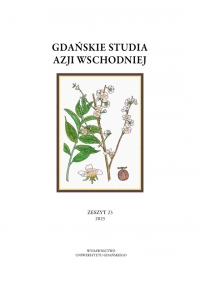
This essay focusses on issues connected with research into the history of exported porcelain from the Far East. To this end, it discusses the literary context of the expressions “the family of roses” and “the family of greens,” and also the genesis, main features, and current terminology relating to the two most widespread techniques of glaze-painting decoration (Kangxi wucai 康熙五彩 and falangcai 珐琅彩).The article discusses the most important techniques of decoration that preceded the development of the Kangxi wucai palette and the relations between technological development and the taste of the period. It also indicates the important items in Polish collections, especially in the National Museum in Gdańsk. From the holdings of this museum, the author selects a plate decorated with wild geese on Lake Taihu. An analysis of the plate – with regard to the technology of its production, aesthetics, and iconography – is the main element in the article. Polish items are presented in the context of important European collections: the British Museum, the Victoria and Albert Museum, the Musée Guimet, the National Museum in Oslo, and the Museo Correr in Venice.The author formulates a new term in art theory: the aesthetics of double foreignness. It makes it possible to give a name to a phenomenon that develops in the process of reception and analysis of objects produced in one developed and isolated civilization, intended for and commissioned by a second civilization.
More...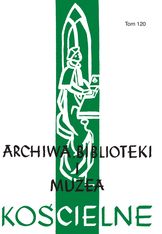
The origins of modern legislation regulating civil public archives in Spain date back to the 19th century, although some of Spain’s current historical archives, such as the Archives of the Crown of Aragon, have their roots in the Middle Ages. In the second half of the 19th century, the need to preserve collections of the Inquisition, as well as from confiscated monasteries and religious houses, gave rise to the establishment of the State Historical Archive. The aforementioned legislation has been extensively revised since 1978 to additionally reflect the new Spanish territorial political model established by the current Basic Standard, which has gradually established a complex system of competencies in the field of public archives in Spain, depending on whether they are owned by the state (State Archives System) or by Spanish autonomous communities or other territorial public administrations (Autonomous Communities Archives System), as it has been outlined in the case law of the Constitutional Court of Spain. From the point of view of the Spanish state, Law 16/1985 of 25 June on the Spanish historical heritage is the basic normative act for the regulation of the state’s public archives, currently under the Ministry of Culture and Sports, specifically, under the General Subdirectorate of State Archives. The said archives are under the authority of a special body of officials – archivists, librarians and archaeologists. On the other hand, at the level of the Autonomous Communities, each Autonomous Community has approved its own specific legislation regarding the archives they own or have jurisdiction over. In this regard, by way of example and in relation to their representativeness, the legislation of the autonomous communities of Andalusia (current Law 7/2011 of 3 November on documents, archives and documentary heritage of Andalusia) and Catalonia (current Law 10/2001 of 13 July on archives and the circulation of records) has been discussed.
More...
The subject matter of the article is a list of preserved archival materials of the parish of St Michael the Archangel in Jastrowie. In 1602, Jastrowie was granted the municipal rights by the hands of the starost of Ujście, Piotr Potulicki, confirmed by King Sigismund III Vasa. The first church may have been built as early as the 14th century. The temple was taken over by Protestants in the 16th century and reclaimed by Catholics in the early 17th century. The Jastrowie parish, along with the Wałcz land, belonged to the Czarnków deanery, and at the end of the 18th century to the Wałcz deanery. In 1772, it became part of the Prussian state. It returned to Poland in 1945, along with all of the Wałcz Region. In 1990, Jastrowie became the seat of a deanery. In 2004–2005, the surviving pre-war archives were transferred to the Archives of the Diocese of Koszalin-Kołobrzeg in Koszalin. There they were developed and inventoried, divided into series with new reference numbers (1–145). The chronology of the files spans the 17th–20th centuries, with 2.9 linear metres and 145 archival units. The compiled archives can be used to further research the history of the town and the immediate area.
More...
The historic Kielce chapter book collection includes 42 incunabula and more than 300 prints from the 16th–18th centuries. These include library (mainly theological) books and liturgical books. These prints are kept in the Library of the Higher Seminary in Kielce as an integral and autonomous collection unmixed with the seminary’s book collection. A small part of the book collection – the most valuable three liturgical manuscripts are kept in the cathedral treasury in Kielce. Supralibros were discovered in these two parts of the book collection. The negative search concerned 29 library manuscripts (14th–15th centuries) stored in the Library of the Kielce Higher Seminary in the chapter collection, as well as various scattered prints and manuscripts included in the collection of prints and seminary manuscripts of Kielce chapter provenance. However, these books include no volumes with supralibros. In the study of the book collection, 14 supralibros were selected. They belonged to 13 owners. Of the 14 bookplates, as many as 10 have been identified as associated with 9 bibliophiles. Four bookplates remain unidentified. The aforementioned bibliophiles include the bishops of Kraków. Furthermore, supralibros of bishops of other dioceses (Gniezno, Poznań and Chełmno) have also been preserved. Among the clergy more closely associated with the Kielce Chapter, Rev. Wojciech Strzemeski stood out, possessing two recognized supralibros. The preserved bookplates are valuable material in the study of supralibros. The surveyed supralibros of Kielce are mostly unknown examples of bookplates in early and mature Renaissance, then Mannerist forms; works from later times are poorly represented. A catalogue of supralibros has been added to the analytical text of the article. The structure of the catalogue and photographic material refers to the forms of description and dissemination of knowledge of Polish supralibros developed in scientific research.
More...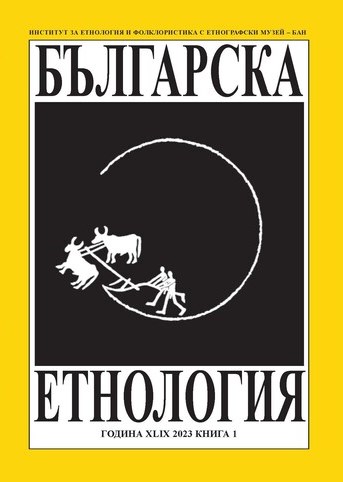

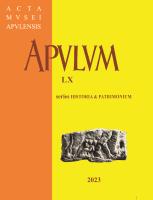
The current paper aims to introduce one of the first incunabula printed by Johannes Gutenberg, namely, the Türkenkalender. The six folio calendar was printed in December 1454, in order to be in use during the following year, 1455. According to Gutenberg´s intention, the Türkenkalender was intended to be a warning against the Ottoman danger shortly after the fall of Constantinople on May 29th 1453. The paper also includes contemporary testimonies about the last days of the Byzantine Imperial capital from two different witnesses, both members of the high clergy, one of them being Leonard Archbishop of Mytilene in Chios, and the other one being Isidore Metropolitan of Kiev. They belonged to those European writers who called the sovereigns as well as the nobility of Europe to defend Christianity. Following the same path and the same message, the inner structure of the Türkenkalender (or Calendar turcesc as it is also known in Romanian) includes twelve separate poems arranged at the beginning of each of the twelve months of the year, poems aimed to persuade the European rulers to take actions against the Turks. At the end of the calendar, Gutenberg included the oldest formula ever printed of the New Year greetings – Eyn gut selig nuwe Jar.
More...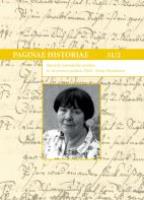
Hynek Kollmann (1864–1938) is permanently linked to the Czech Lands Archives in Prague where he spent most of his professional life (even was appointed its titular director) and to the archival research in Rome. Unlike the majority of researchers, Kollmann did not address himself to the Vatican fonds but rather to the unexplored Congregatio de Propaganda fide archive where he discovered an extraordinarily valuable collection of sources about the re-Catholicisation of Central Europe in the 17th century. He earned international renown for his extensive – unfortunately incomplete – edition Acta Sacrae Congregationis de Propaganda fide res gestas bohemicas illustrantia (1923–1954).By way of Kollmann’s example, the study seeks to capture the lifestyle of the most agile archive researchers who set out to Rome from Bohemia in the late 19th and early 20th centuries, acting as short time go-betweens for the Bohemian intellectual society and Italian milieu. The analysis of Kollmann’s fragmentary estate, deposited in the National Archives in Prague (namely his diaries from 1891–1892 with regard to his correspondence), uncovers a multipotential person – a traveller with geographical and historical horizons; a perceptive observer of past relics as well as political, social, and economic changes in Italy; and a person with extensive social contacts. During his sojourns to Rome, Kollmann built a network of contacts in several aspects. First of all, he settled in the Bohemian community in Rome that revolved around two centres: Bohemicum, a college for Bohemian theologians with the crucial Vice-Rector František Zapletal (Kollmann’s friend and intermediary within Catholic hierarchy), and a group of artists working in Palazzo Venezia (where the successful painter Beneš Knüpfer, another friend of Kollmann, left a significant trace). His relationship with the representatives of Austrian diplomacy and the Austrian Historical Institute (especially Theodor von Sickel, director of the latter) were rather formal for he argued with them about Czech-German relations and the development of the Habsburg Empire. Kollmann established live contacts with the inhabitants of Rome who enabled him to gain knowledge about everyday life in the Italian metropolis and about the tension between the adherents of papal curia and the royal court.Kollmann’s acquaintance with Bohemian politicians arriving in Rome was of special significance; he was their guide conversant with the local environment and a go-between especially in relation to the ecclesiastical circles. Among Kollmann’s short-time clients were the deputies of the Bohemian and Moravian diets, including the long-term Bohemian political leader František Ladislav Rieger. In relation to them, the conservative Catholicism and strong Bohemian patriotism of Hynek Kollmann manifested itself and strengthened.
More...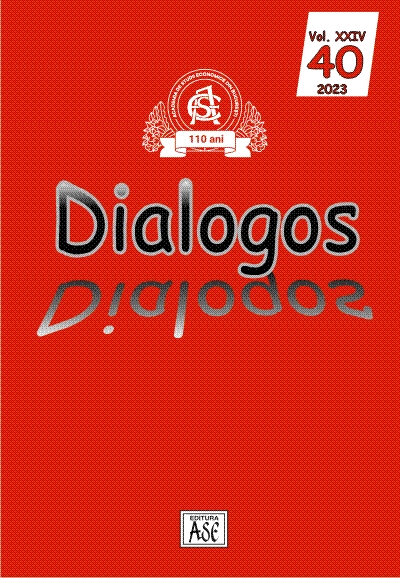
This paper aims to get an insight into students’ perceptions regarding hybrid learning/on-line learning, in the aftermath of the COVID pandemic. This seems to be increasingly important, as decision-making in any university takes into account the viewpoints of all the important stakeholders, in this particular case, professors and students alike. In this research study, I focused on the first year students of only one faculty of Bucharest University of Economic Studies, namely International Business and Economics.
More...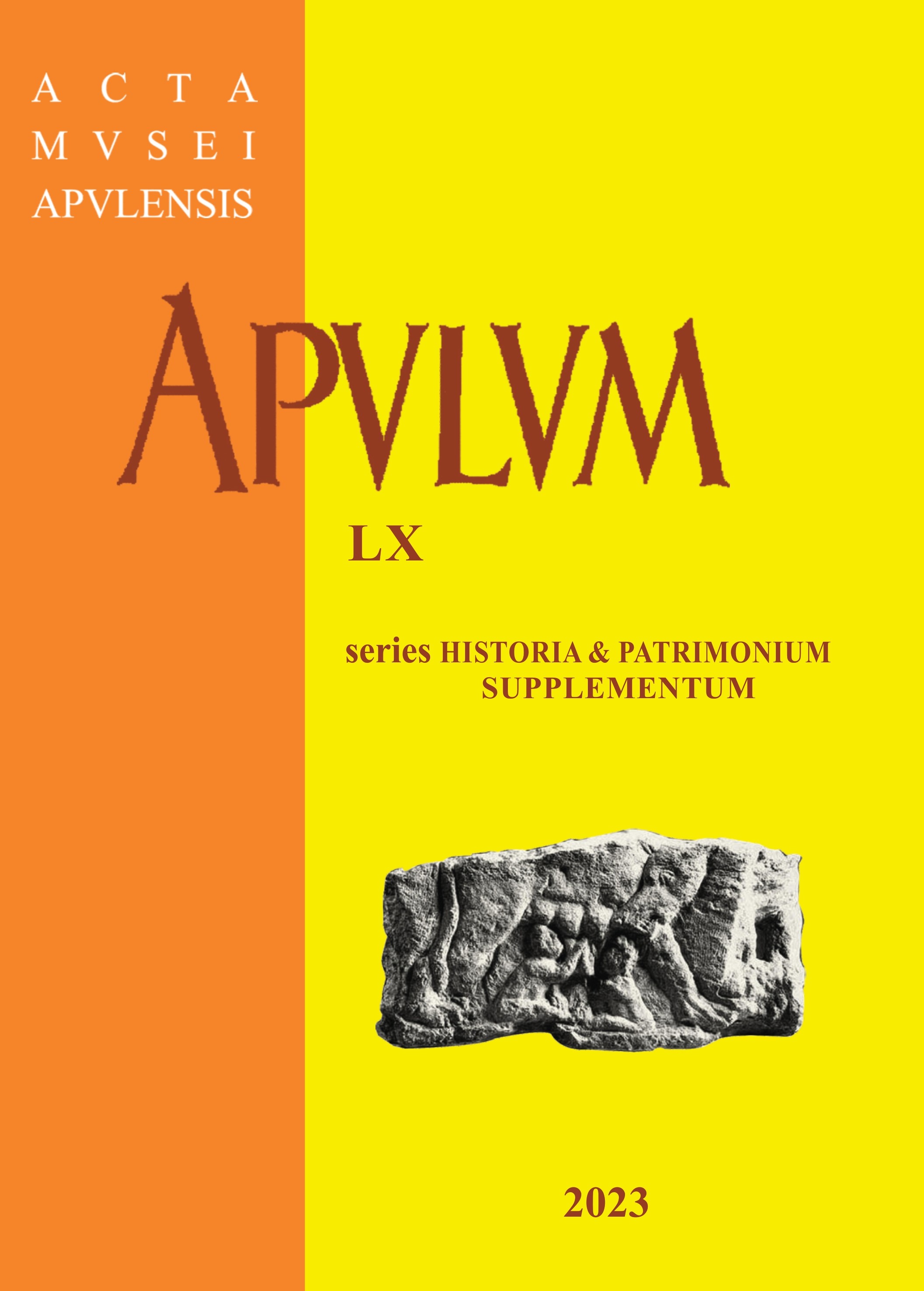
Digitisation and digitalization are both processes that have taken research into a new dimension and a hotly debated topic in the global and national specialised milieus. Digitisation of cultural and scientific assets as a means of preserving identity, as a support for future research, is just one facet of the current cultural strategies that are developing worldwide. Since 2008, we have been discussing also in Romania the institutionalisation of the effort to preserve and enhance the Romanian cultural heritage through digitisation. In this context, libraries, as institutions at the forefront of these transformation processes, have rethought their presentation profiles and accessibility paths in order to keep pace with the technological development of society and new generations of users. Digitisation, as the priority stage of preserving and opening up access to knowledge, was followed by digitalization, the higher stage in which the evolution of software technologies enabled the connection and processing of information and the way it was accessed. Following the evolution of digitisation and digitalization processes in our country, we propose in this paper an insight into the digital collections of old books of one of the most representative institutions of culture and education – the Central University Library "Lucian Blaga" in Cluj-Napoca, which has stood out for the rigour and constancy of its efforts in this field that has raised multiple challenges.
More...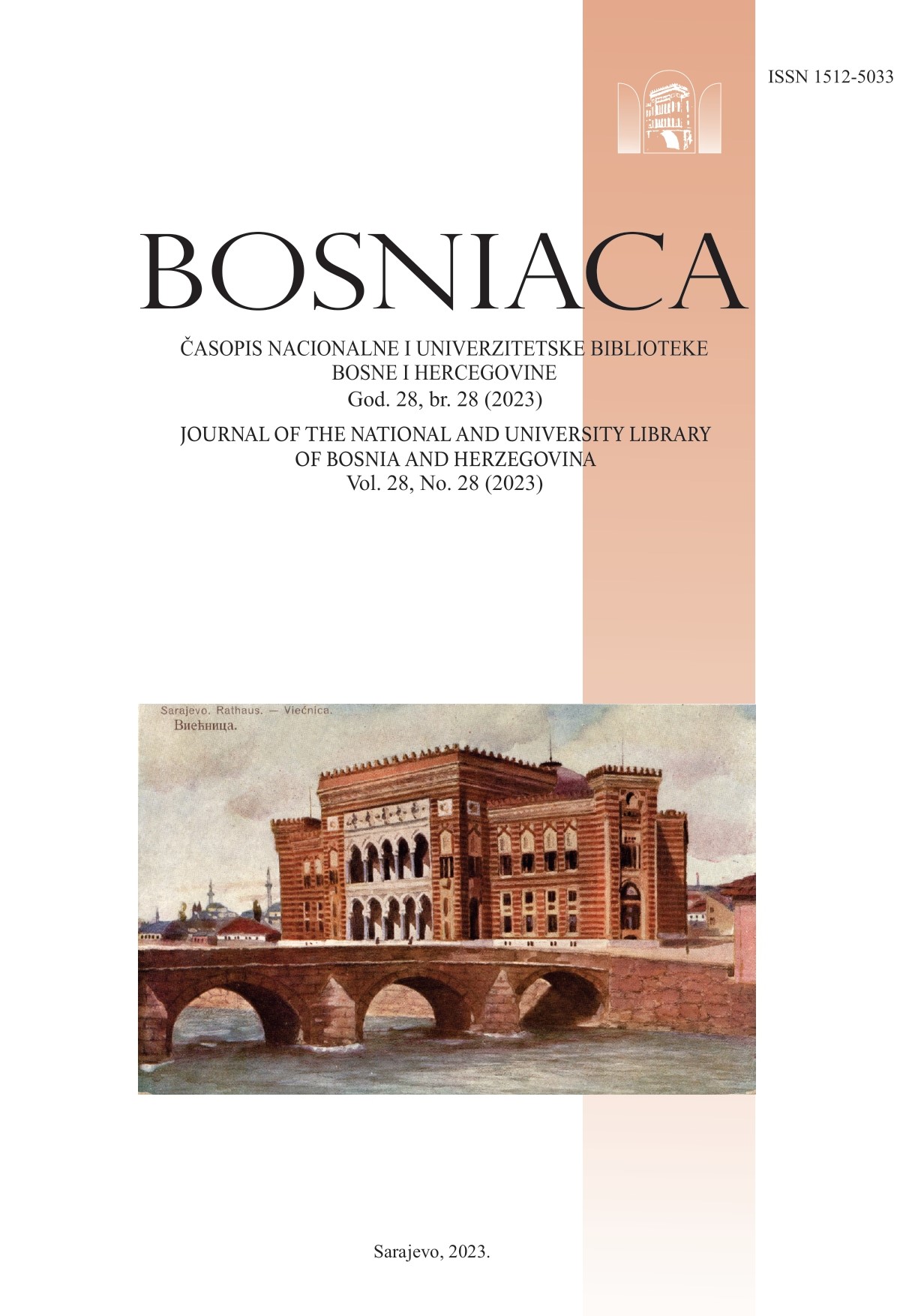
This paper represents the conservation-restoration process of the oriental manuscript in the Turkish language, Aṭ-Ṭāriqa al-Muḥammadiyya. The manuscript is stored in the library of the Tekke Mesudija which has very important old and rare book materials, among which oriental manuscripts hold a special place. The goal of the restoration was to restore the functionality of the binding and preserve the texts. The restoration treatments included: mechanical and chemical cleaning of the pages, repairing a missing portion of a page with Japanese paper, sewing the forms into the bookblock, embroidering the endband, and restoring the original covers. Conservation-restoration documentation with a proposal on the handling and preventive conservation of manuscripts was also prepared.
More...
In the article, the authors present the historical sequence of the publication of the monuments of the University of Zagreb from 1875 to 2019, their content, and their significance for history, culture, and science. Using the method of gathering digital objects through normative records from the UNIMARC format and the semantic web, which is within the capabilities of the Vizbi.UNIZG platform, will also show the bibliographic processing of digital objects of the University’s monuments and its components, according to the types of materials in the digital platform Vizbi.UNIZG, and the possibility of the UNIMARC format on to whom they are described. The user interface and presentation of the collected monuments, components, types of materials, authors, and corporate bodies responsible for the creation of monuments will be analyzed. The advantages of the digital environment in the presentation of materials, ensuring availability will be pointed out. The discussion will consider the significance of the selected model through theoretical analysis of the UNIMARC format and related data.
More...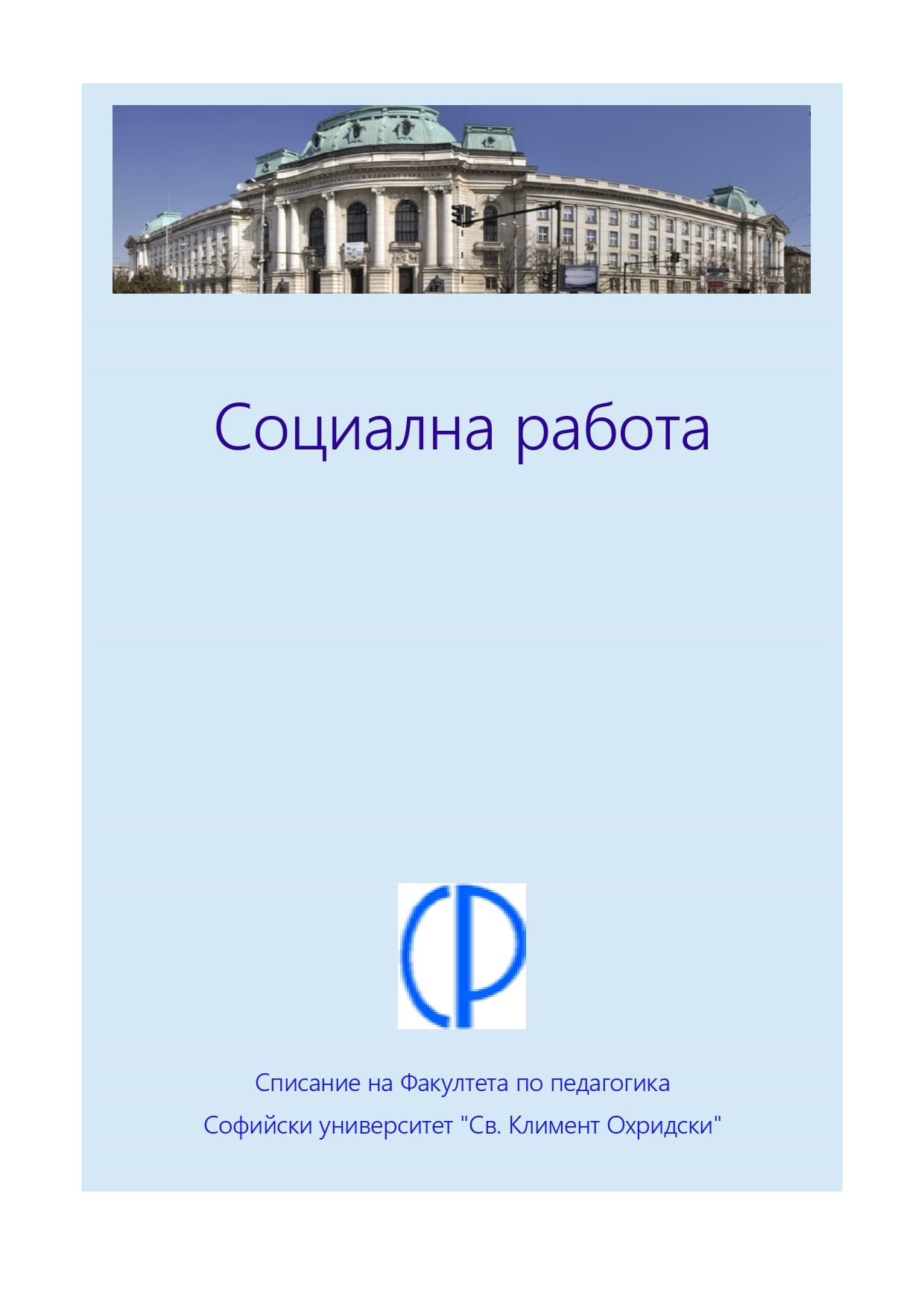
This article presents the findings of a survey focused on elucidating the attributes, merits, and utilization of electronic scholarly journals in the context of social work education. The theoretical underpinning of this study centers on the recognition of knowledge as a fundamental right and underscores the contemporary societal and educational significance of free knowledge access. Data for this research was collected through two distinct questionnaires, one administered to students (n=115) and the other to educators (n=32). The analysis of the data reveals that students exhibit a noteworthy proclivity for employing electronic periodicals in their current academic endeavors, notably in the preparation of written papers and presentations, registering elevated usage rates. Moreover, the survey underscores that educators predominantly leverage electronic scholarly journals with the dual purpose of enhancing their personal awareness of emerging studies, topics, and researchers, as well as for disseminating their own research findings. The data acquired unequivocally affirms the intrinsic value and inherent advantages of open access, cost-effectiveness, and expeditious dissemination in the realm of publishing and researching scholarly content online.
More...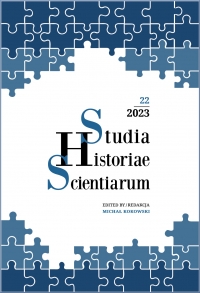
The article presents: a) updating the rules for evaluating journals in the evaluation model developed in the Pracownia Naukoznawstwa IHN PAN (Science Studies and Science-of-Science Unit of the Institute for History of Science, Polish Academy of Sciences), b) scoring journals in the history of science according to the lists of journals of the MNiSW (2017), MEiN (2021), MEiN (2023), PN IHN PAN (2022) and PN IHN PAN (2023), c) comparison of the scoring of journals in history and history of science in the lists of journals: ministerial and PN IHN PAN, as well as Scopus, DOAJ, Index Copernicus International, PKP Preservation Network and Keepers Register.The conclusion of the article is an open appeal to the Minister of Education and Science to award, in the next update of the ministerial list of journals, 200 points to the journal “Studia Historiae Scientiarum” and 140 to the journal “Kwartalnik Historii Nauki i Techniki”, because these journals, devoted to the history of science, are not inferior in terms of achievements to Polish historical journals, which have already obtained 200 and 140 points by the decision of the Minister of Education and Science of July 17, 2023.
More...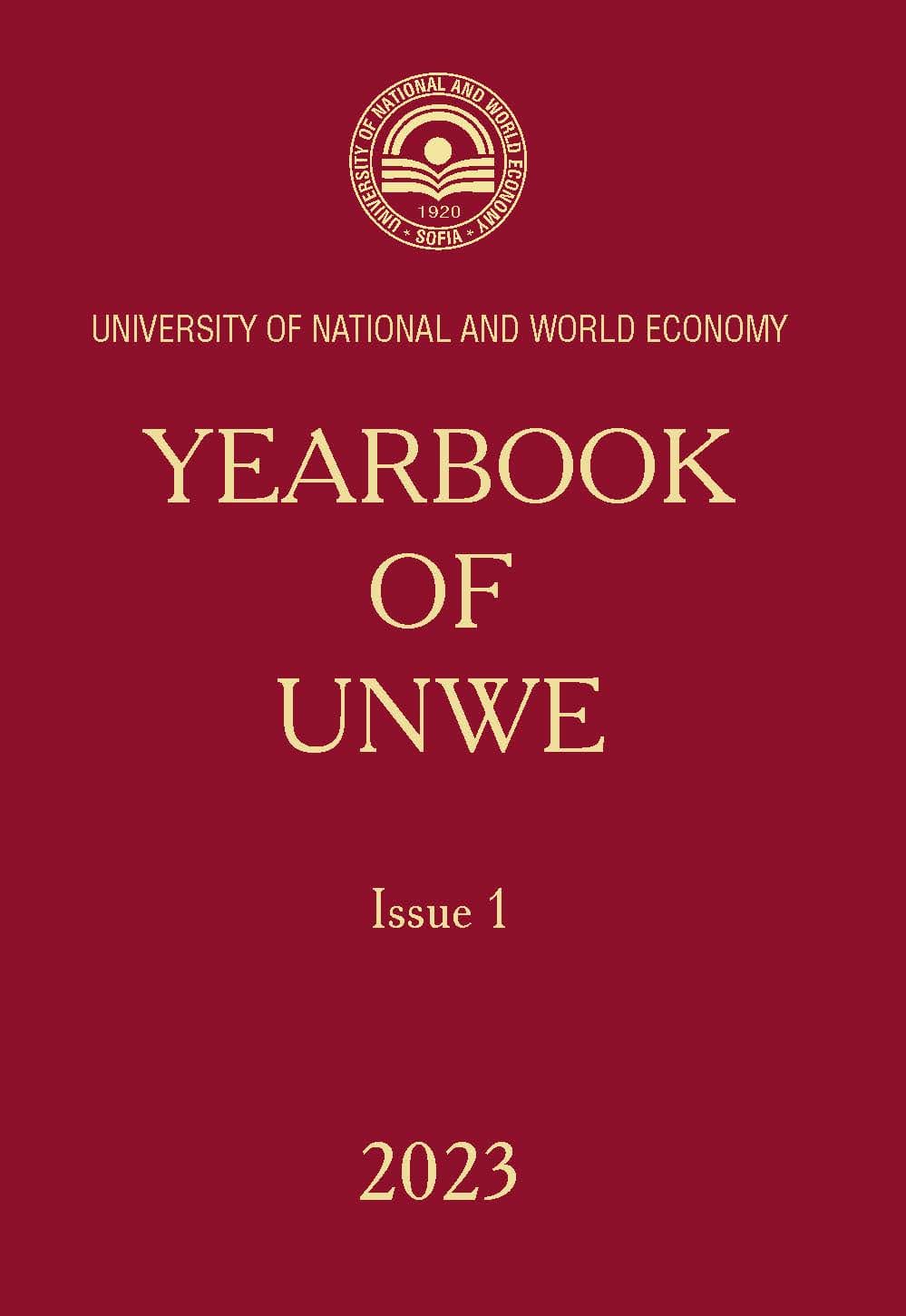
This article presents a methodology for the implementation of Digital competence framework (DigComp 2.1.), verified and approved in Bulgaria. DigComp is a critical tool to understand digital competence, to increase mobility and educational opportunities; to help empower individuals with digital skills, required to the needs of job market. This methodology is part of a national initiative2 for development of digital competences through the implementation of DigComp 2.1, which aims to overcome the imbalance between the digital knowledge and skills of the workforce.
More...